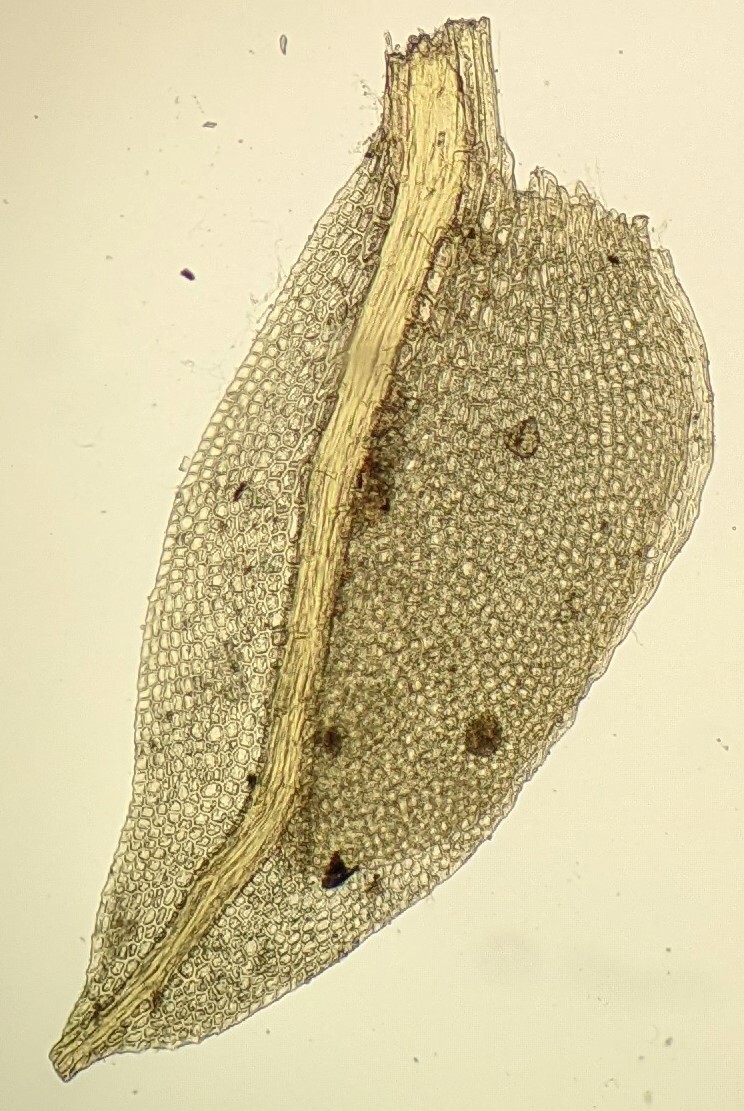Fissidens bifrons
Schimp. ex Müll.Hal.Asexual propagules absent. Turfs on soil, yellow-green. Stems 2–10 mm long, unbranched, yellow to brown, central strand narrow. Leaves cultriform, with apices crisped and rolled up when dry, 0.2–0.5 mm long, 0.1–0.2 mm wide in sterile plants, to c. 1 mm long in fertile plants, flat; costa percurrent to excurrent; apex sharply recurved, acute. Dorsal laminae with entire to serrulate margins, without a border; cells irregularly quadrate to polygonal, 5–15 μm long, 5–10 μm wide, smooth. Vaginant laminae to 3/4–4/5 leaf length, partly or fully open, margins entire to serrulate, without a border or with 3–6 rows of narrower cells forming a border on largest leaves. Dioicous. Seta 7–15 mm long, yellow to orange-brown. Capsule oblong, inclined, curved; theca 0.6–0.75 mm long. Operculum short-rostrate, c. 0.4 mm long. Peristome teeth bifid.
VVP, GipP, Gold, CVU, GGr, NIS, HSF, HNF. Disturbed sites particularly around Melbourne, but recorded from some other town centres (e.g. Broadford and Tallarook) and picnic grounds. Also WA, NSW and Tas. South Africa.
 Spinning
Spinning

